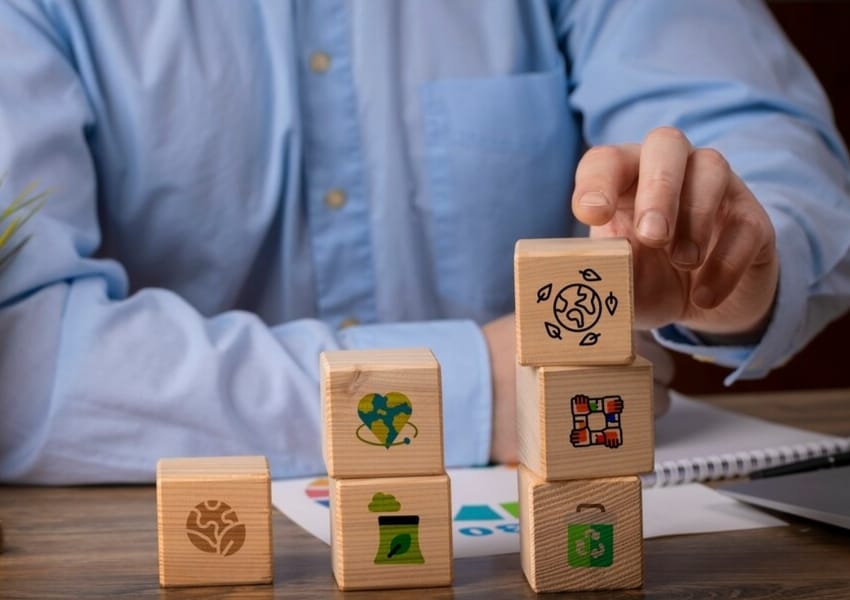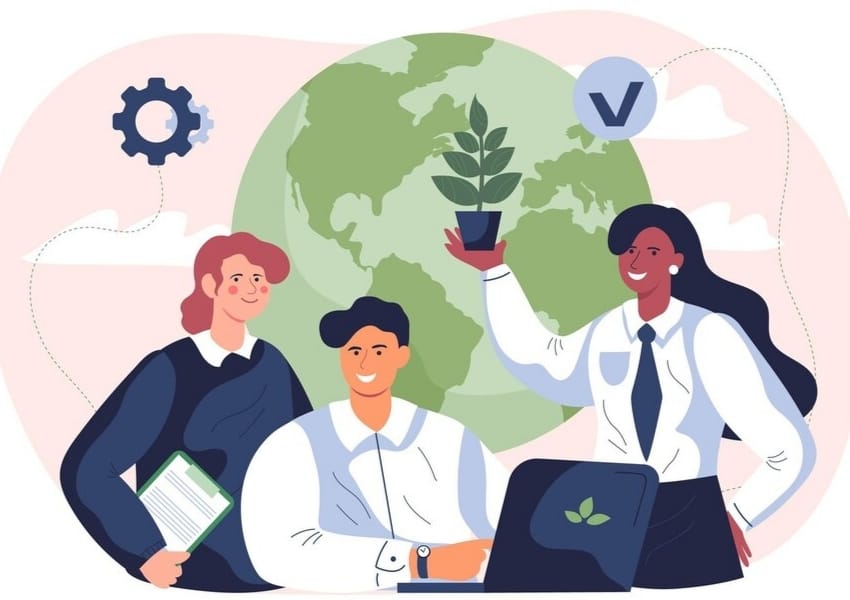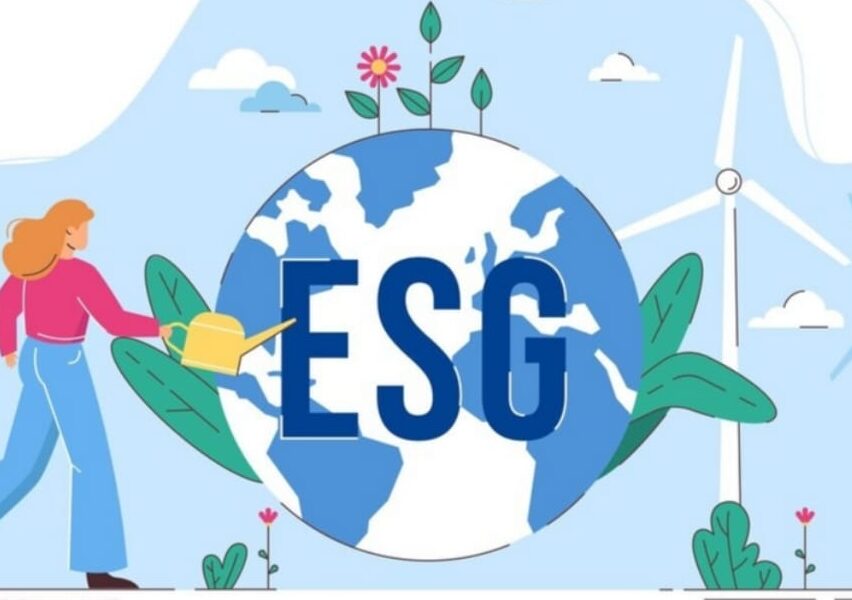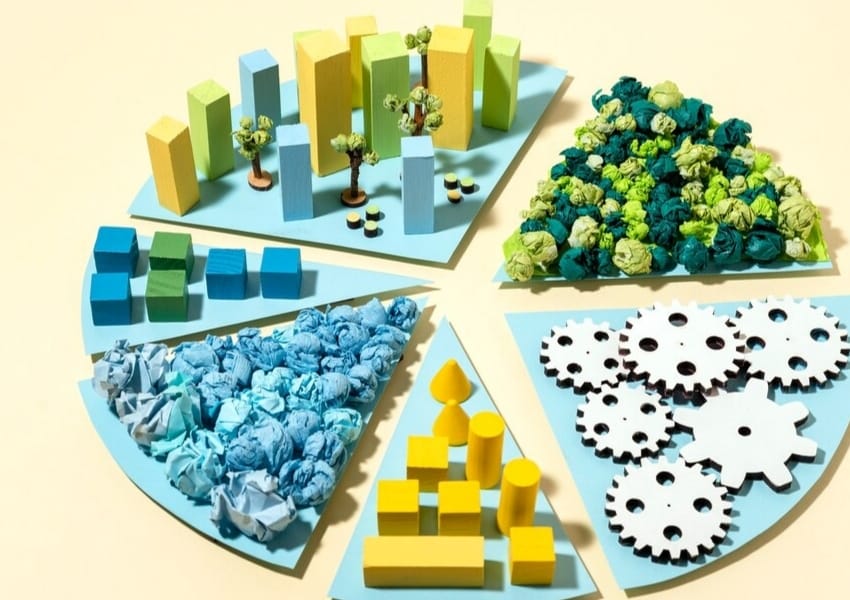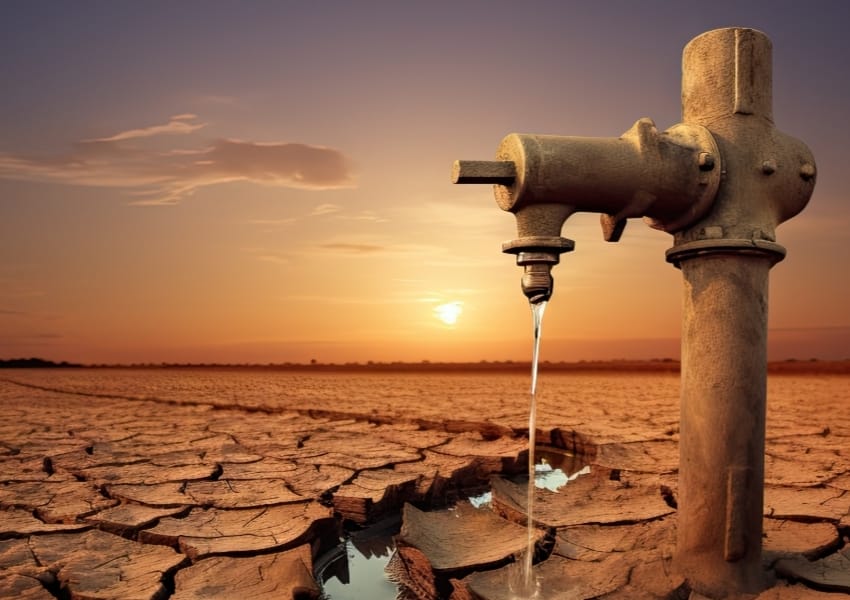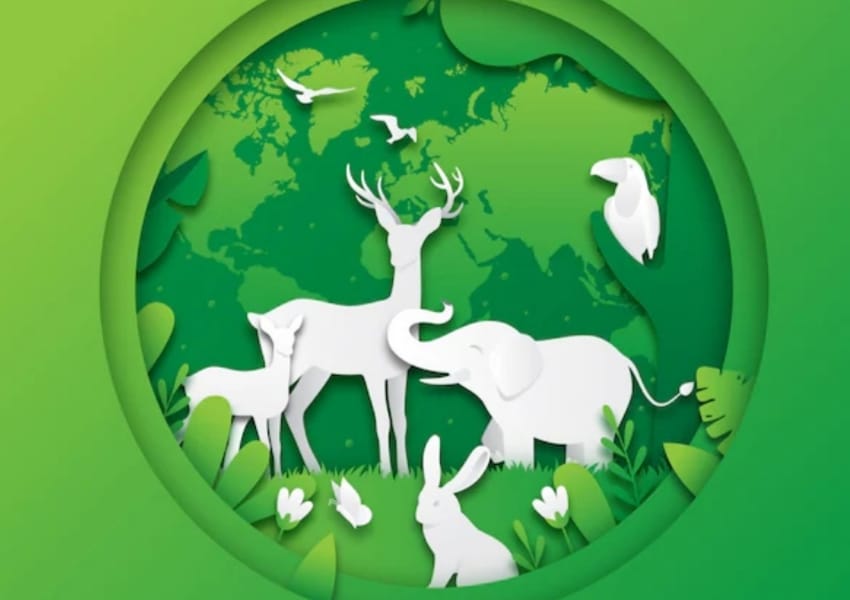Can You Guess The Number of Plastic Fragments Housed In A Single One-Litre Plastic Bottle?

While the study focused on bottled water, researchers emphasise that nano plastics pose a broader concern and further exploration is needed to understand their prevalence and potential impacts beyond this specific context
The existence of plastic particles in bottled water has been revealed through a recent investigation carried out by Columbia University experts. The study suggests that an average litre of bottled water may include about 240,000 plastic bits, a number 10 to 100 times greater than what was disclosed in past studies that were mostly focused on larger plastic sizes.
The study, which measured plastic particles as small as 100 nanometres, primarily focused on three well-known bottled water brands in the US. 90 per cent of the plastic particles were classed as nanoplastics and the remaining 10 per cent as microplastics. The results showed that there were between 110,000 and 370,000 plastic fragments per litre. The study determined the kinds of plastics contained in the sample in addition to quantifying the number of plastic particles.
Researchers used algorithms to analyse and interpret the data using stimulated Raman scattering microscopy, a method that involves using two lasers adjusted to resonate different molecules simultaneously. Polyamide, a kind of nylon and polyethylene terephthalate (PET) were recognised by the investigation as common plastic, indicating that the material originated from plastic fibres used in water purification procedures prior to bottling.
Even while the study identified a number of plastic types—including polystyrene, polyvinyl chloride and polymethyl methacrylate—that are often used in different industrial processes, they only made up around 10 per cent of all the nanoparticles discovered in the samples of bottled water. The fact that ninety per cent of the nanoparticles were still unknown highlights the intricate makeup of water samples that on the surface appeared to be straightforward.
Lead author Naixin Qian, a Columbia University graduate student studying chemistry, highlighted the complex particle makeup in the seemingly simple water sample. Building on this finding, the researchers explored the world of nanoplastics further by creating stimulated Raman scattering microscopy.
While the study focused on bottled water, researchers emphasised that nanoplastics pose a wider problem and that further research is necessary to fully understand their presence and potential effects outside of this particular context. The results emphasise how urgent it is to carry out more studies on the existence of nanoplastics and their effects on the environment and human health because they’re small enough to penetrate human cells, enter the bloodstream and impact organs. Nanoplastics can also pass through the placenta to the bodies of unborn babies. Scientists have long suspected their presence in bottled water but lacked the technology to identify individual nanoparticles.












